Valerie Complex’s Best Movies Of 2022
- Oops!Something went wrong.Please try again later.
- Oops!Something went wrong.Please try again later.

There’s a lot of talk about how 2022 was a ‘flop’ year for film. The quality of the movies was constantly called into question without considering that many of these films were shot during the height of the pandemic where money, space, and resources were limited. Regardless of what anyone thinks, this year produced some phenomenal cinema, with even better performances. My best of 2022 list is meant to highlight some of the titles that left an impression on me. The choices range across genres from action, drama, documentary, and animation.
What are your top ten films of the year? Did you struggle finding movies to fill slots? Let me know in the comments!
More from Deadline
EO

Give these Donkeys an Academy Award today! I have never seen live-action animals perform with more personality, and emotion than the ones in EO. With his own take on Au Hasard Balthazar, director Jerzy Skolimowski follows former circus donkey EO as it adapts (or not) to its surroundings after being taken away from its owner. The film captures the duality of humanity and how the wheel of fortune continues to turn, putting the animal in various situations, with various people, and egos. The movie travels with the main character across Europe to experience the dark side of humanity that no animal or human should endure.
RELATED: ‘EO’ Review
The cinematography by Michal Dymek gives EO a surrealist feel to complement the film’s experimental storytelling. Flashes of deep red hues show the donkey’s descent into the lives of humans as the wheel of fortune continues to turn. The film’s environmental nature sends a message to the audience that animals are living, breathing creatures that can feel sadness, anger, envy and love and should be treated as equals.
TÁR
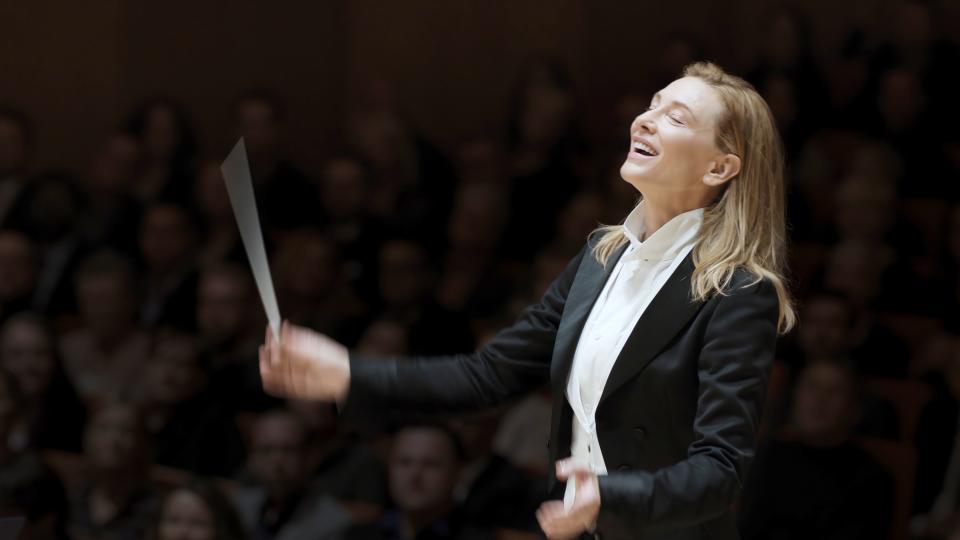
Todd Field’s Tár once again has thrust Cate Blanchett to the top of all Best Actress nominations lists — and put the character of Lydia Tár into social media infamy. The film follows Tár before, during and after being exposed as a sexual predator and how she deals with the aftermath.
RELATED: ‘Tár’ Review
Fields lines the film with Nina Hoss, Noémie Merlant, Mark Strong, and Sophie Kauer, whose performances also deserve rapturous applause because while Blanchett is the star, this film wouldn’t have been the same without these actors reciprocating the same energy that Blanchett puts forth. I still am unsure if I agree with the message of Field’s story, but Tár undeniably is one of the best directed, acted, written and shot films of the year.
PUSS IN BOOTS: THE LAST WISH
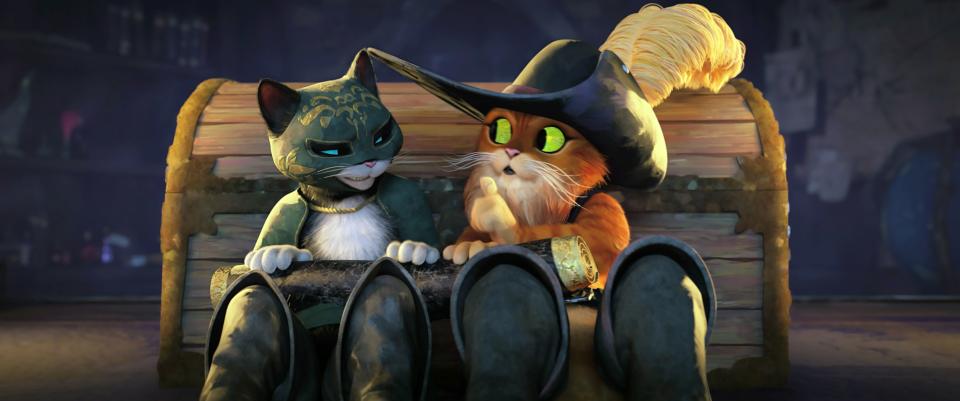
Well, I almost forgot a sequel to 2011’s Puss in Boots was coming but am so glad I remembered because what a fun ride this film is. Directed by Joel Crawford and Januel Mercado and again starring Antonio Banderas, the movie follows Puss as he defends his honor but loses in duel to the Big Bad Wolf (Wagner Moura). In the aftermath, he hangs up his sword in search of a new life. Along the way he meets Kitty Softpaws (Salma Hayek) again, makes a new dog friend Perro (Harvey Guillén) and comes in contact with a map to a location where individuals can make any wish they want. He’s hunted by Jack Horner (John Mulaney) and Goldilocks (Florence Pugh) and the three bears (Olivia Colman, Ray Winston and Samson Kayo). The three factions are in a race against time to get to the location first.
RELATED: ‘Puss In Boots: The Last Wish’ Trailer
Puss in Boots: The Last Wish has a strong story, an exciting cast of new and old characters and a legitimately menacing villain scarier than many human cinematic antagonists in live-action. The animation is rich and vibrant, and it often felt like I was watching a 3D movie, while dealing with adult themes like life, death and fear.
SAINT OMER
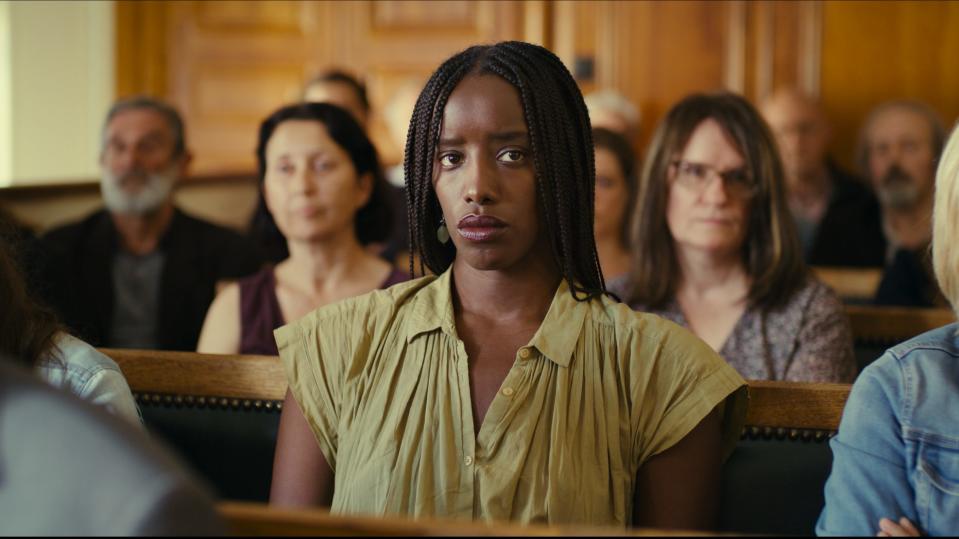
Saint Omer directed and written by Alice Diop and Marie N’Diaye, stars Kayije Kagame and Guslagie Malanda in the lead. The film tackles various topics relating to motherhood, loneliness, and the transference of generational trauma. Euripedes’ play Medea plays a large role in the narrative as both the play and film explore feminine anguish, and death. Diop’s dramatic tale allows the audience to peer into the internal struggle a woman who is confused and understand her own actions.
RELATED: ‘Saint Omer’ Review
The script doesn’t ask anyone for sympathy for its characters, but ask for support and understanding for those who are suffering. This isn’t just a courtroom drama. Saint Omer is about mending relationships with our loved ones and carving a new path that is free of the trauma of the past.
MY IMAGINARY COUNTRY
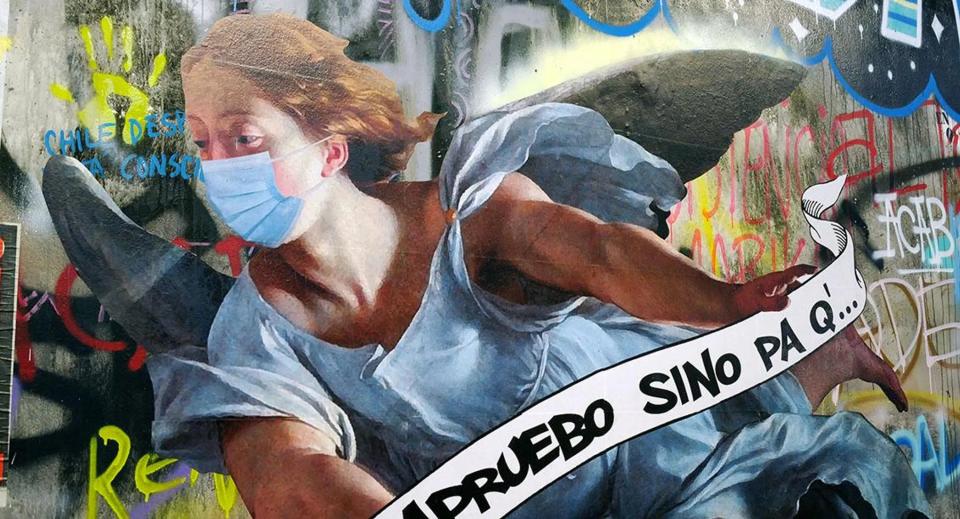
There is a lot of things the average Americans can learn from Patricio Guzmán’s documentary about the 2019 Chilean government protest in My Imaginary Country (Mi Pais Imaginario). The Indigenous, the poor, the young, and the old are fighting for the right to exist and understand that a boardroom full of older White male government officials cannot be the only way forward. The people of Chile stood face to face with their oppressors and refused to back down, which lead to a successful rebellion that brought hope to the people. Guzmán presents both sides of the coin, how tyranny breeds anger and violence but also inventiveness, individuality and inspiration.
RELATED: ‘My Imaginary Country’ Review
The director doesn’t have a self serving agenda, he lets the Chilean public to speak for themselves. Guzmán gets in the middle of the action and captures everything up close and personal, and risking his life to do so. He also makes use of drones that capture establishing wide shots and sweeping camera pans of the capital, hovering above the action showing the carnage raging in the streets of Santiago. Women dance in the street chanting, “It’s not my fault, it’s not the place, and it’s not my clothes,” and protestors use pots, pans, rocks and anything they can use to create sounds that resonate through the streets because they refuse to be ignored.
AFTERSHOCK

Directors and producers Paula Eiselt and Tonya Lewis Lee’s documentary Aftershock chronicles life in the aftermath of the skyrocketing maternal deaths among Black women in the United States. Black maternal deaths are tied to numerous factors regarding race, sex and income and are preventable. Shamony Gibson and Amber Rose Issacs were Black women with tragic backstories who died from medical negligence in hospitals. The respective fathers of their children, Omari Maynard and Bruce McIntyre, with Gibson’s activist mother Shawnee Benton Gibson, are at the center of the film to add a three-dimensional perspective to such a sad state of affairs.
RELATED: ‘Aftershock ‘ Review
Aftershock is a primer on maternal health that should be required viewing in every medical school and birthing center in America. The level of paternity deaths is a medical and public health crisis that isn’t being addressed fast enough. Someone was bound to discuss this issue, and thankfully, Eiselt and Lee covered each topic as comprehensively as possible for a film of 90 minutes. The duo navigate these issues with sincerity, urgency and a need to be part of the solution.
DESCENDANT
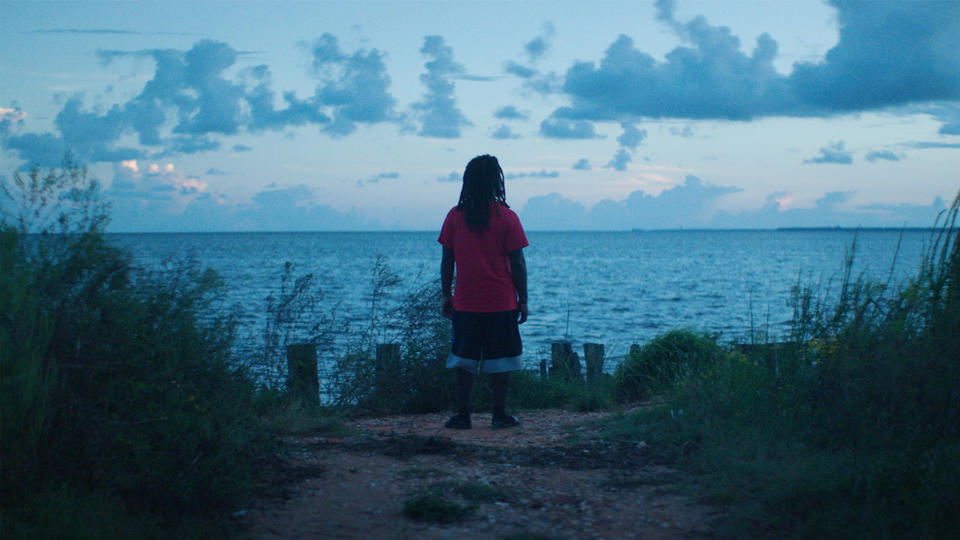
African American history often gets buried in the bowels of the past. The subject of Margaret Brown’s documentary Descendant, produced by Barack and Michelle Obama’s Higher Ground, is the slave ship Clotilda, which was found in 2019 off the coast of Plateau, Alabama — a community labeled Africatown. The Clotilda arrived in 1860, even though The Act Prohibiting Importation of Slaves was established in 1807. In her book Barracoon: The Story of the Last “Black Cargo,” Zora Neale Hurston interviews Cudjoe Lewis, one of the last presumed living survivors of the Middle Passage, specifically those from Clotilda.
RELATED: ‘Descendant’ Review
Many of the descendants featured in the film come from his lineage. Descendant isn’t just about trying to track down the ship but also exposing a coverup that’s gone on for too long. At least the people of Africatown now have a direct connection to their past, which can help them navigate the future. But the question now is, how do you move on?
EVERYTHING EVERYWHERE ALL AT ONCE
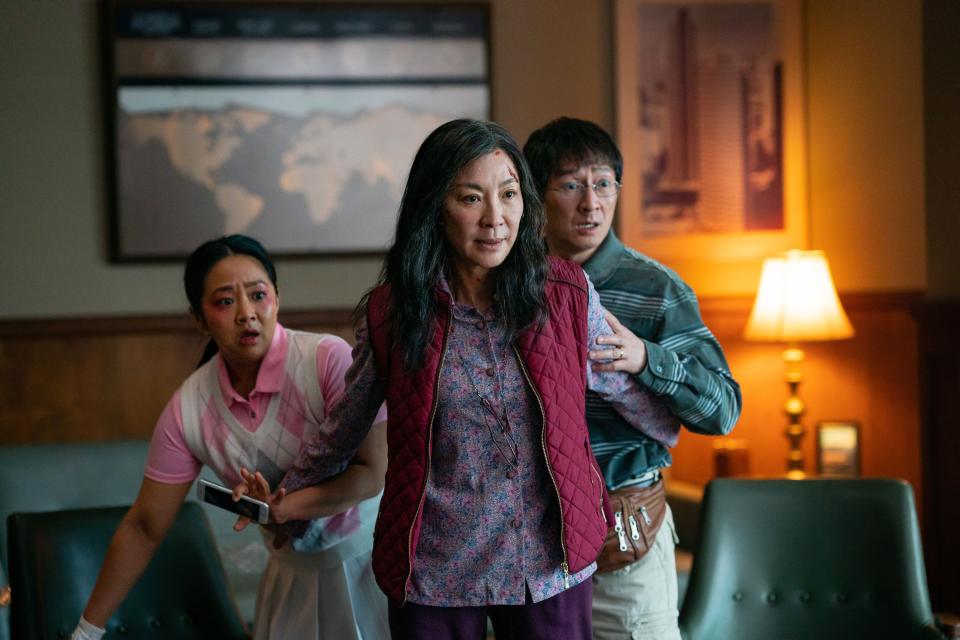
Everything Everywhere All at Once certainly lives up to its title. It’s an ADHD-fueled acid trip that takes up every bit of space during its 2-hour, 20-minute runtime. Writer-directors The Daniels create a vast world around the concepts of love, family, tradition and how sometimes you have to go to the ends of the universe to appreciate what you have at home. For a concept so wild, there is a high degree of emotional maturity in this script. At its core, it’s a family drama that uses time and space to get these characters to find value in togetherness. This is a make-or-break moment for Evelyn (Michelle Yeoh) as she is the glue that holds this family unit together, but her repressive and unaffectionate nature causes her husband (Ke Huy Quan) and daughter (Stephanie Hsu) to pull farther away from her in every multiverse.
RELATED: ‘Everything Everywhere All at Once’ Review
Each jump into another world gives Evelyn motivation to become a better person, and she uses that to not only fix her life but also bring joy to the lives of everyone. In the film, nothing you see is by accident, which aids in invoking a physical reaction by funneling the audience through a range of emotions to unsettle the viewer. Every subject addressed is essential to moving the story forward, which is a credit to The Daniels and their powerful storytelling. And when you think things have reached the height of ridiculousness, the directors smack you again by raising the stakes even more.
PREY

The Predator franchise is the ugly stepchild of horror monster canon. Fans know about it and are aware of it but don’t necessarily give it the credit it deserves. With the original film starring Arnold Schwarzenegger, the sequel with Danny Glover, a bunch of Alien vs. Predator crossover films and an attempt at a reboot in 2018, it is one franchise that lacks consistency. However, director Dan Trachtenberg gives Prey a new edge by inserting the titular monster in an 18th century setting to see how the people hold up against the advanced technology of the warrior creature.
RELATED: ‘Prey’ Review
Prey was a risky venture for 20th Century and Hulu. The director puts his faith in a relative newcomer, Amber Midthunder, to shoulder the movie. Women rarely get to be the heroes of these stories, and women of color often are left out entirely. The cast is made up of primarily indigenous actors with a narrative that revolves solely around their lived experiences. Trachtenberg took an unprecedented risk here and succeeded. Hopefully, this will set the standard for the genre at large.
THE WOMAN KING
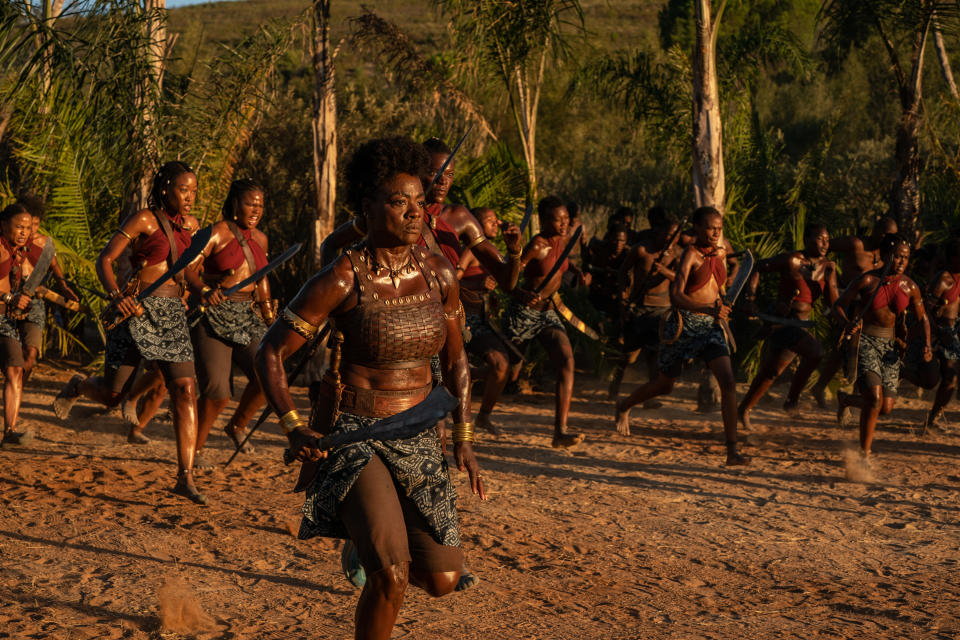
The Woman King tells the story of the Agojie, an all-female unit of warriors who protected the African kingdom of Dahomey in the mid-19th century. Inspired by true events, Viola Davis plays General Nanisca as she trains the next generation of recruits and prepares them for battle against other tribes and colonialism that threaten to destroy their way of life. No other film puts Black women on display quite like this one.
RELATED: ‘The Woman King’ Review
Gina Prince-Bythewood is the only Black female director engrossed in Hollywood action cinema. Her directing style encompasses the perfect balance of action and drama and is unafraid to put the brutality of humans on full display. She also holds the gaze of strong-willed women in her films (The Old Guard, The Secret Life of Bees, Love and Basketball, Beyond the Lights). In The Woman King, production design and costumes are lush and opulent, drenched in deep red and yellow hues. A lot of thought went into making the kingdom of Dahomey look as authentic as possible.
Best of Deadline
2022 The Year In Photos: Courtrooms, Kanye, Twitter, Tom Cruise & Zendaya
2023 Premiere Dates For New & Returning Series On Broadcast, Cable & Streaming
Sign up for Deadline's Newsletter. For the latest news, follow us on Facebook, Twitter, and Instagram.

